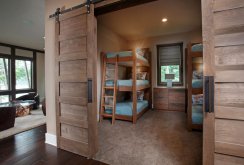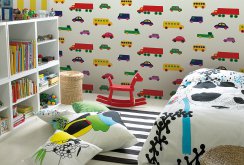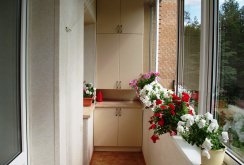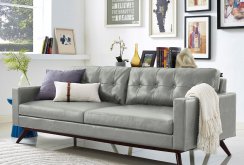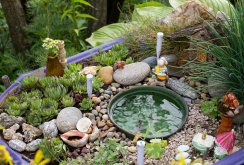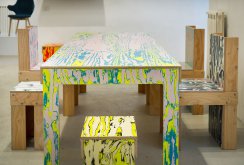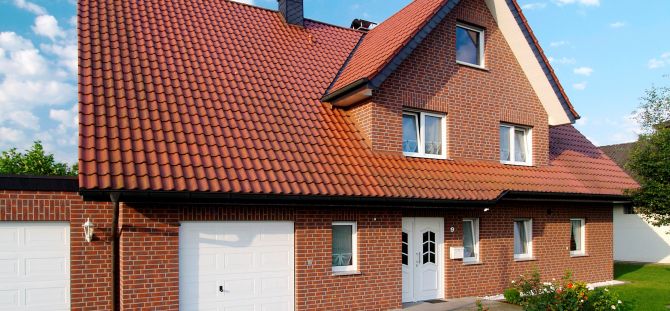 Front panels: main types and features of installation (21 photos)
Front panels: main types and features of installation (21 photos)
Facade panels for exterior decoration of the house are a practical material. A wide range allows you to choose facade panels in accordance with the construction budget and design project. Composite facade panels can be used not only for decoration, but also for building insulation.
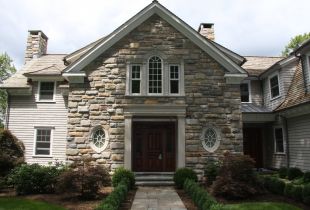 Front panels: stone or imitation (22 photos)
Front panels: stone or imitation (22 photos)
Facade panels made of stone are not only an excellent finishing material with aesthetic points of view, but also excellent protection against natural and mechanical influences.
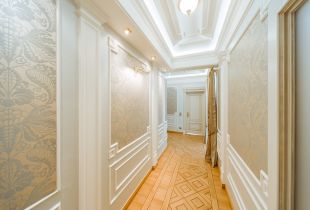 Wall panels in the corridor: protection and stylish design (55 photos)
Wall panels in the corridor: protection and stylish design (55 photos)
Wall panels for the corridor is a great way to successfully transform the space. Mostly used are MDF, PVC, wood panels and many other materials.
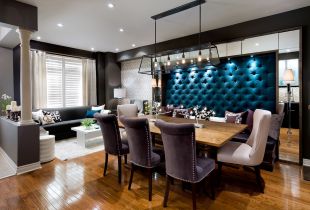 Soft wall panels: security at every corner (23 photos)
Soft wall panels: security at every corner (23 photos)
The types and structure of soft wall panels, the fastening of the structure, the main advantages and disadvantages. Application in various styles of interior.
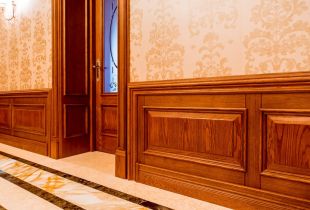 Wall panels Boisery - royal elegance (21 photos)
Wall panels Boisery - royal elegance (21 photos)
Boiserie panels are a modern and practical material for wall decoration. It can be used for any room, as it is durable, resistant to temperature changes and does not absorb moisture.
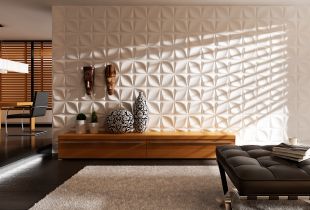 Volumetric wall panels in home decor - a new reality (30 photos)
Volumetric wall panels in home decor - a new reality (30 photos)
Advantages of 3D panels for walls. Varieties of wall decoration decorative type. Features of the interior design relief type.
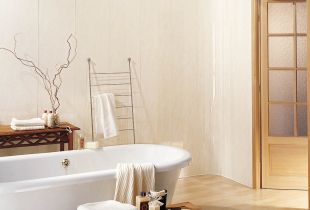 Finishing the bathroom with plastic panels: installation features (28 photos)
Finishing the bathroom with plastic panels: installation features (28 photos)
Plastic panels for the bathroom are used to decorate the ceiling and walls. It is simple and cheap, beautiful and practical to decorate the bathroom with plastic panels yourself.
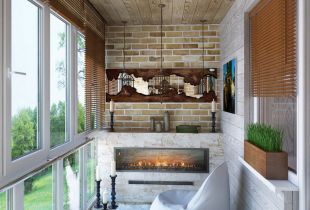 Covering the balcony (21 photos): choosing the best material and ideas for wall design
Covering the balcony (21 photos): choosing the best material and ideas for wall design
What material to choose for covering the balcony - the pros and cons of different finishing materials. Lining the balcony with clapboard, drywall, decorative stone and siding.
 PVC panels for walls (50 photos): decorative design of rooms
PVC panels for walls (50 photos): decorative design of rooms
PVC panels for interior wall decoration. Properties of PVC cladding. Types of plastic cladding panels. Installation locations for PVC panels. Decorative elements of an interior. Installation methods.
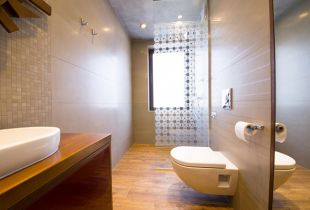 Finishing a bathroom with panels: installation features
Finishing a bathroom with panels: installation features
How to create a reliable and harmonious interior using various panels. The main criteria for the selection of panels, their types. The installation and decoration process.
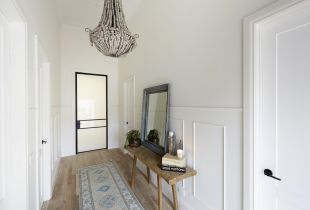 Paneling the corridor (56 photos)
Paneling the corridor (56 photos)
How to trim a corridor with panels. The choice of material, its properties and qualities. The process of preparing and, directly, mounting panels.

 Front panels: stone or imitation (22 photos)
Front panels: stone or imitation (22 photos) Wall panels in the corridor: protection and stylish design (55 photos)
Wall panels in the corridor: protection and stylish design (55 photos) Soft wall panels: security at every corner (23 photos)
Soft wall panels: security at every corner (23 photos) Wall panels Boisery - royal elegance (21 photos)
Wall panels Boisery - royal elegance (21 photos) Volumetric wall panels in home decor - a new reality (30 photos)
Volumetric wall panels in home decor - a new reality (30 photos) Finishing the bathroom with plastic panels: installation features (28 photos)
Finishing the bathroom with plastic panels: installation features (28 photos) Covering the balcony (21 photos): choosing the best material and ideas for wall design
Covering the balcony (21 photos): choosing the best material and ideas for wall design PVC panels for walls (50 photos): decorative design of rooms
PVC panels for walls (50 photos): decorative design of rooms Finishing a bathroom with panels: installation features
Finishing a bathroom with panels: installation features Paneling the corridor (56 photos)
Paneling the corridor (56 photos)
